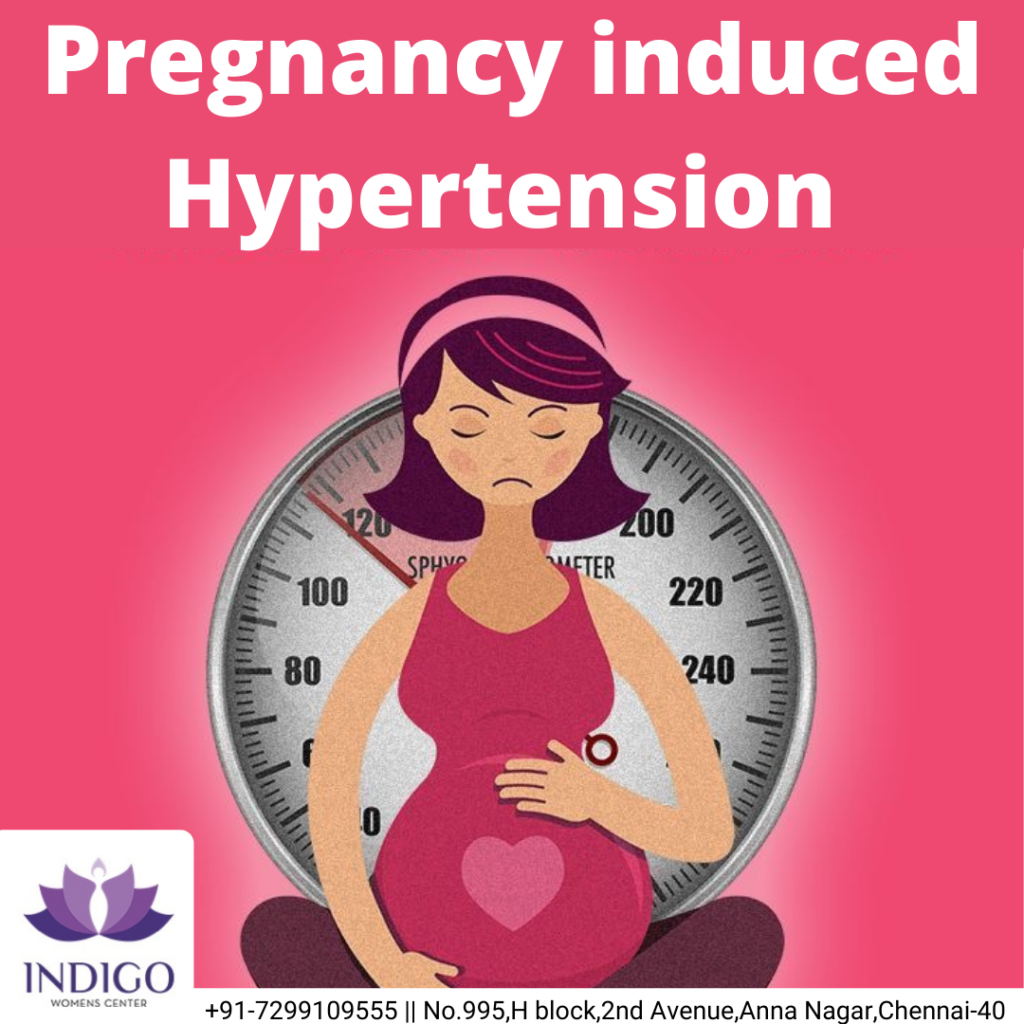- Hypertension in pregnancy- BP >140/90mmhg on two occasions at least 4 hours apart 20 weeks
- Hypertensive before pregnancy
- BP does not return to normal after delivery
Chronic hypertension in pregnancy (hypertensive female who conceived)20 weeks
• Patient was not hypertensive before pregnancy
• In pregnancy, BP increases due to placental pathology
• BP returns to normal within 12 weeks of delivery
Pregnancy induced hypertension (PIH)
PIH TYPES:
o Gestational hypertension
Increased BP >20 weeks – BP comes back to normal within 12 weeks of delivery.
Proteinuria absent, end organ damage absent.
Pre-eclampsia
Increased BP 20 weeks – BP comes back to normal within 12 weeks of delivery.
Proteinuria present or/and end-organ damage present.
2types Mild pre-eclampsia
BP >140/90 mmhg, but <160/110 mmhg No sign of end organ damage. Severe pre-eclampsia BP>160/110mmhg Sign of end-organ damage.Chronic hypertension with superimposed pre-eclampsia- A hypertensive female becomes pregnant and suddenly develops one of the following at 20 weeks:
- Uncontrolled BP
- New onset proteinuria
- New onset end organ damage.
Eclampsia:
• Severe pre-eclampsia + GTCS (generalized tonic clonic seizure)
• Severe pre-eclampsia can lead to eclampsia and HELLP syndrome.
Proteinuria: Any one of the following should be present.
- Dipstick method > +2
- 24 hours urinary protein excretion >0.3gm/L
- Urine protein: creatinine ratio >0.3
End organ damage: Any one of the following should be present. - Platelet count , 1 lakh cells/mm3
- Serum creatinine >1.1mg/dl
- Liver enzymes – raised 2 times the normalvalue.
- Presence of cerebral/ visual symptoms.
- Pulmonary edema.
SIGNS OF IMPENDING ECLAMPSIA - Epigastric pain + nausea, vomiting (due to sub-capsular hematoma causing liver capsule to stretch)
- Sudden onset headache (not responding to usual treatment) + dizziness (cerebral hypoxia)
- New onset visual disturbance- scotoma, diplopia, blindness , blurring of vision ( hypertensive retinopathy- keith wagener barker classification.
- Next step : Mgso4 to prevent eclampsia.
HELLp syndrome:
H- Hemolysis Any 2 of 4
- Peripheral blood smear: schistocytes/ helmet cell/ burr cell.
- Serum bilirubin >1.2 (indirect bilirubin)
- Hepatoglobin decreases
- LDH increases (>600 iu)
EL- Elevated liver enzymes SGOT, SGPT >70 IU/l
LP- Low platelet Platelet count <1 lakh cells/ mm3 Tennessee criteria- for diagnosis of HELLP syndrome - LDH > 600 IU
- SGOT and SGPT > 70 IU/L
- Platelet count < 1 lakh cells/ mm3
In 85% of patients of HELLP syndrome- BP is increased .In 15% of patients of HELLP syndrome- BP is normal Recurrence rate is 4-7% HELLP syndrome is most common in multigravida female. (PIH and pre-eclampsia is most common in primigravida)
- HELLP syndrome:
Increased BP in 85% cases.Presence of proteinuria.
Platelet count is low, but coagulation failure is not usually seen.
RISK FACTORS: - Previous H/O pre-eclampsia
- Past H/O chronic hypertension
- Family H/O hypertension
- Chronic kidney disease
Protective factor:
smoking prevention: aspirin 50-150mg/day is given to those who have identifiable risk factors.
Started from 12 weeks of gestation (not more than 16 weeks) and continued throughout pregnancy
Other measures: exercise Heparin+ aspirin
Calcium supplementation (only if patient calcium level is low).
Investigations to predict (PIH):
- Uterine artery Doppler : most common
- Giant roll over test
When the patient is turned from left lateral position to supine, if the BP raise >20mmhg, it predicts development of PIH in future. - Increase in level predicts PIH:
Anti- angiogenic factors- increased SFLT-1, increased S- endoglin.
Vasoconstrictors- increased thromboxane A2, decreased prostacyclin. - Decrease in level predicts PIH:
Angiogenic factors- VEGF, placental GF.
Vasodilator- Nitric oxide
pathogenesis of preeclampsia:
Normally:
Spiral arteries open in intervillous space Cytotrophoblast (extravillous) replaces lining of spiral artery.
Trophoblastic invasion Helps in angiogenesis
Increased transverse diameter of arteries They are converted from high resistant vessels to low resistant vessels.
In PIH,The trophoblastic invasion is incomplete
(vascular remodeling is incomplete)
Angiogenic factors Anti- angiogenic factors
VEGF SFLT 1, S- endoglin Placental growth factor vasoconstrictor Vasodilators thromboxane A2
Nitric oxide Prostacyclin Resistance in the vessels remains high.Due to vasoconstriction, volume of blood coming to intervillous space decreases.Placental ischemia (placenta is small and pale)
Inflammatory mediators released
Make capillary endothelium leak
• Collection of fluid in the third space- edema
• Hemoconcentration- thrombosis in blood leading to multi organ failure.
Theories for pre-eclampsia
- Altered vascular remodeling theory.
- Genetic theory
- Altered immune response to paternal gene.





